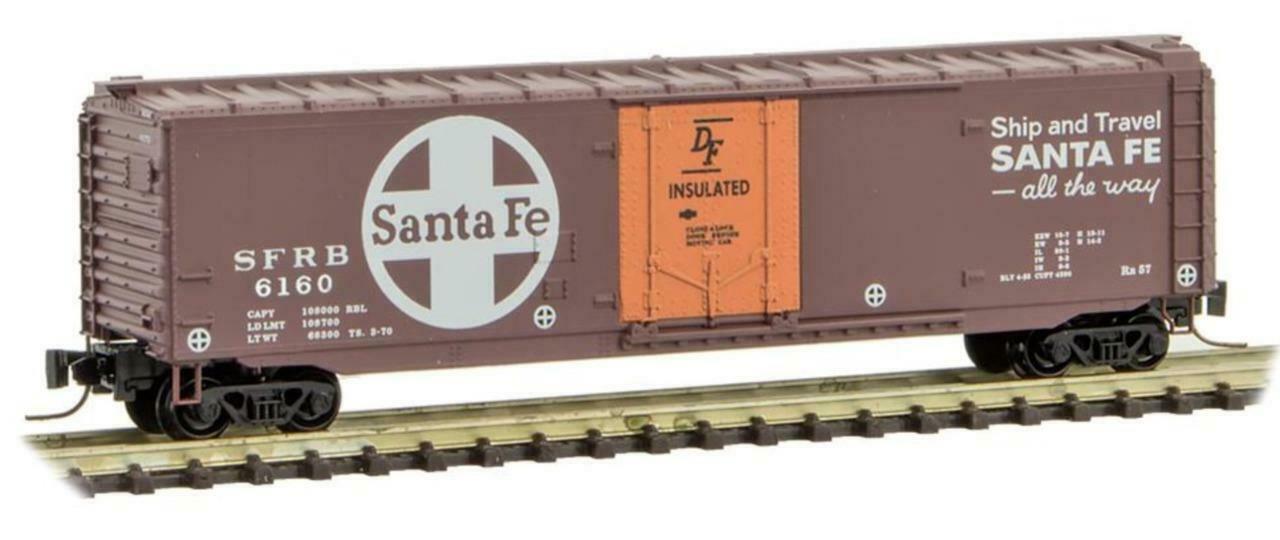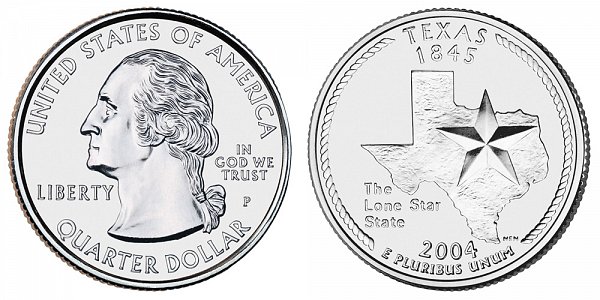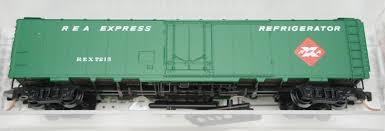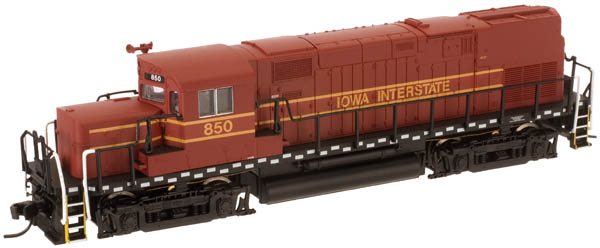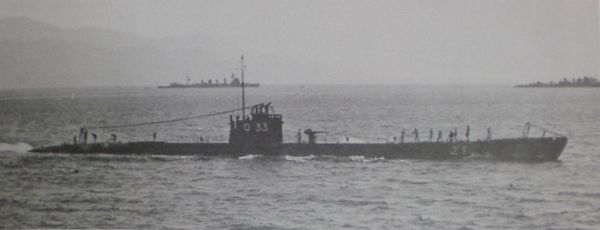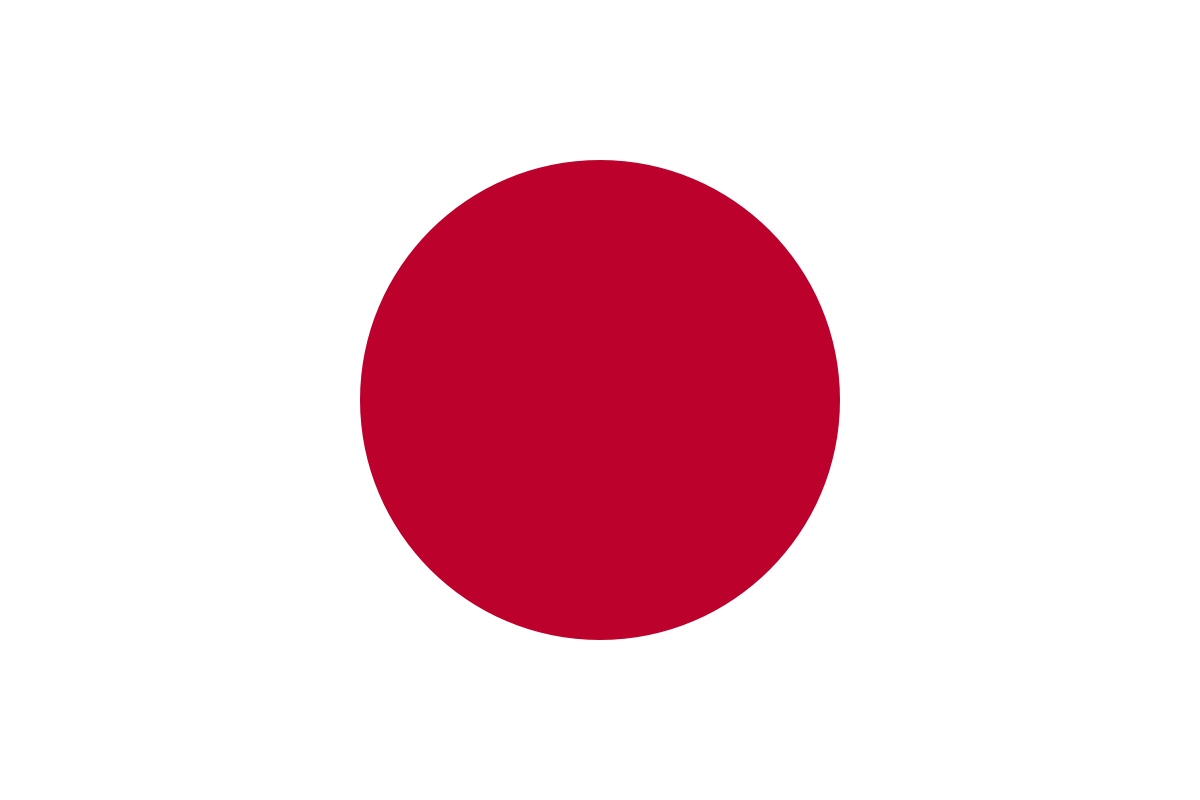Class: These double-hull medium displacement boats were derived from the Kai-toku-chu (KT) type. They were constructed at four shipyards in two variants, K.5 (RO-33 class) and K.6 (RO-35 class), from 1934 to 1944. The later and more numerous K.6 variant was armed with the 21-inch oxygen-propelled Type 95 submarine torpedo and a 3.25-inch (80-mm) deck gun. Allied ASW measures took a heavy toll of the type. RO-50 was the only ship of the type to survive the war and was surrendered at Sasebo.
Nationality: Japan is an island nation in the Pacific Ocean with dense cities, imperial palaces, mountainous national parks and thousands of shrines and temples. Shinkansen bullet trains connect the main islands of Kyushu (with Okinawa's subtropical beaches), Honshu (home to Tokyo and Hiroshima’s atomic-bomb memorial) and Hokkaido (famous for skiing). Tokyo, the capital, is known for skyscrapers, shopping and pop culture.
Although legend has it that Japan was founded in 660BC, archaeologists agree that settlement in the Japanese archpelago dates back as far as 100,000 years. The Jomon Period (8000-c.300BC) is the earliest that has been studied. It is named after the 'jomon' or cord-marked pattern style of pottery of the period.
Although legend has it that Japan was founded in 660BC, archaeologists agree that settlement in the Japanese archpelago dates back as far as 100,000 years. The Jomon Period (8000-c.300BC) is the earliest that has been studied. It is named after the 'jomon' or cord-marked pattern style of pottery of the period.
Item created by: Lethe on 2019-03-24 10:10:01
If you see errors or missing data in this entry, please feel free to log in and edit it. Anyone with a Gmail account can log in instantly.
If you see errors or missing data in this entry, please feel free to log in and edit it. Anyone with a Gmail account can log in instantly.


